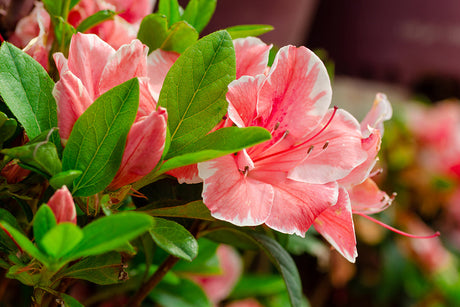

8 Great Low-Maintenance Plants
|
|
Time to read 6 min
|
|
Time to read 6 min
Some gardeners get a lot of satisfaction from maintaining their landscape, pruning, and shaping to their heart’s content. Some gardeners…not as much. If you want some plants that will allow you to focus on other things, this list of 8 low-maintenance plants is for you!
Some Hydrangeas bloom on new wood while other hydrangeas bloom on old wood, but Endless Summer Hydrangeas bloom on new AND old wood! Couple this with their naturally compact growth habit, and you’ll be free to do other things that don’t include maintaining these guys. Plant them in a suitable spot and watch them go. Impressive heat tolerance and disease resistance are these beauties’ icing on the cake.
One of our favorites is the Bloomstruck Hydrangea. This is the newest variety from Endless Summer, and it features rosy pink to violet-blue blooms atop red stems, which is rather unusual for hydrangeas. It’ll traditionally bloom off-and-on all growing season long, with an initial large bloom in spring and regular reblooms until the first frost of winter. The Bloomstruck is a twist on The Original Endless Summer Hydrangea, which features classic true blue to pink blooms.
For an Endless Summer reblooming lacecap variety, try the Twist-N-Shout Hydrangea; for an Endless Summer white reblooming variety, check out the Blushing Bride Hydrangea.
Traditional Azaleas are great. They’re a classic landscape feature that has kept Southern landscapes blooming and beautiful for generations. But many varieties can get humongous and often only bloom once a year. Enter Encore Azaleas. Encores bloom up to three times a year and have a heavily moderated growth rate. This makes them an ideal choice for fans of low-maintenance gardening. Their naturally compact growth habit will ensure that these Azaleas are the least of your worries in your landscape. Best of all, there’s an Encore for everyone. Blooms come in magenta, white, white with magenta spots, vivid red, scarlet red, hot pink, soft pink, pink-orange with white edges, coral with magenta, white with magenta, purple, whitish-pink with magenta, and more. There are over 30 varieties of Encore Azalea, and that number is still growing!
The Autumn Bonfire is a brand new addition to the Encore Family, and it’s an ideal choice for anyone looking for a serious pop of color in their low-maintenance landscape. This fast-growing selection reaches 3’ H x 3.5’ W, requiring no pruning. Forget deadheading as well; these blooms will keep growing all season long. If you like the bold blooms but need less height, check out the Bonfire’s shorter sibling, the Autumn Fire.
Evercolor Carex (Sedge Grass) grasses are truly tolerant faux grasses that fans of low-maintenance landscapes will surely appreciate. They’re perfect for any part sun to light shade location. They require no trimming and will NOT run wild. Plant them next to hedges for an easy care transition from ground to hedge. Use them in a container as an evergreen pop of color all year. Try them as a mass planting in a location that’s too difficult to mow. Wherever they’re planted, you won’t be concerned about maintenance.
One of the boldest of the crew, the Everillo Carex (pictured right with some Elephant Ears and Purple Heart Plants), is a great choice if you have a shady spot that needs a little boost of color. We also recommend checking out another new variety, the Everglow Carex. This variety is beautifully variegated with green and cream white, and it “glows” with orange edges towards the center of the plant.
Nandinas, aka Heavenly Bamboo (no relation to regular bamboo), has been a staple in southern landscapes for generations. Decades-old ones still adorn abandoned landscapes across the south, 8+ feet tall and flourishing without any care.
However, new nandinas are almost nothing like the ones of old. These varieties are naturally compact and don’t get leggy like traditional types. For this reason, these low-maintenance plants are an easy addition to any landscape. Plant them in the sun or in partial shade, either way they are remarkably resilient. The Obsession Nandina and Lemon Lime Nandina max out at 3-4’ tall. Meanwhile, the Blush Pink Nandina and Flirt Nandina reach only 2 feet high. Simply pick a variety that you like and plant them in an appropriate spot.
Once they’re established, you’ll have reliably hardy shrubs that don’t require any extra trimming or cleaning up. In addition, the 4 aforementioned varieties are sterile and will not produce berries, which can be toxic to some bird species.
The Saucy Wine Salvia and Saucy Red Salvia are the most dynamite, low-maintenance annuals (or perennials for warmer zones). These guys will bloom nearly the entire growing season until the first frost. They have a naturally clumping habit, meaning you won’t need to worry about shaping them as they grow and thrive. They’re sterile, which means they won’t reseed in your yard.
They don’t need to be deadheaded, so they’ll keep blooming without any extra attention. Just be sure to plant them where they’ll get plenty of sun to encourage as many blooms as possible.
Hummingbird and butterfly fans need to get some of these in their garden. Their constant tubular blooms are tractor beams for hummingbirds and butterflies, especially the red flowers.
Another for the bloom lovers, as well as Hummingbird and Butterfly fans, out there. The Bells of Fire Tecoma and Lydia Tecoma are perfect for low-maintenance gardens. Choose gorgeous red-orange blooms or brilliant yellow; either way, you’ll be loaded up with blooms from late spring until the first frost. They’re naturally compact and have a moderate growth habit compared to traditional varieties.
They reach a dense 5-6 feet tall at maturity. Use them as a foundation planting, an accent in a mixed garden bed, in a tropical garden, or as a specimen. They’re ideal anywhere you can plant them and let them do their thing. Their impressive drought and heat tolerance reassures you that they are not needy shrubs. Deadheading is unnecessary, so don’t be afraid to kick back and relax once these Tecomas get settled in your landscape.
The Mojo Pittosporum is an unusual yet hardy shrub that makes high-maintenance plants shake in their boots. Naturally compact, you won’t even think about shears or clippers while enjoying the Mojo’s eye-catching variegated foliage and its characteristic orange-scented blossoms.
It thrives in part sun to light shade, meaning it’s a great choice for shaded locations where other similar shrubs would struggle. It reaches a very manageable 3 feet tall and 3 feet wide at maturity. Once established, you’ll be pleased with how little attention Mojo requires. You’ll want to try Pittosporum as a low-hedge, mass planting, foundation planting, or accent in a mixed garden bed.
It easily creates contrast with many different plants thanks to its bold and bright foliage. Try it with another salt-tolerant variety, the Light Show Bottlebush. Its bright red flowers and dark green foliage pop with the Mojo.
Traditional boxwoods are great for hedging, but some can get very large, and they generally require trimming to remain uniform. The Baby Gem Boxwood, however, is a perfect choice for anyone looking for a Boxwood that won’t require any extra pruning. The Baby Gem rounds out at a uniform 3’ tall x 3’ wide and features finely textured, emerald green foliage. It’s been said that the Baby Gem looks like a large green muffin in the landscape, and I think most would agree.
This evergreen keeps its color all year long and is particularly deer-resistant and drought-tolerant, leaving very little for you to be concerned about. Although it does not fill the same role as your classic boxwood, you’ll appreciate the uniqueness that the Baby Gem brings to the table and its carefree nature.
Plenty more varieties/species could be added to this list. We’ll have to save them for another list later on. As far as we’re concerned, low-maintenance plants are some of the best additions you can make to a landscape. The less you need to worry about in your garden or landscape, the more time you can spend doing other things… such as planting more plants. And what’s better than that?

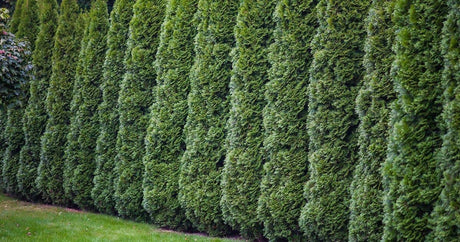
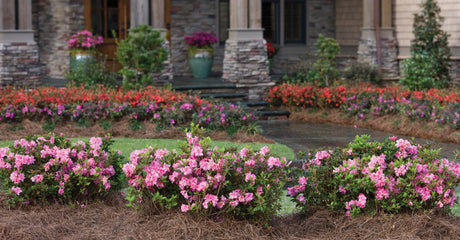
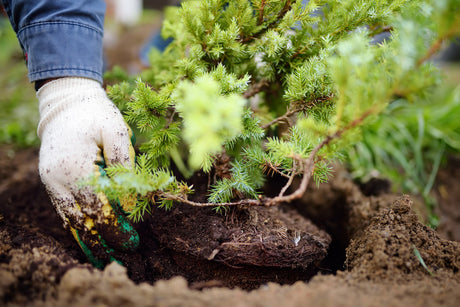
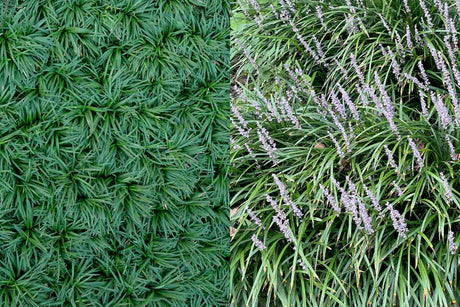
PBM Team |
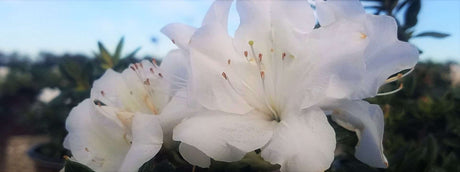
PBM Team |




